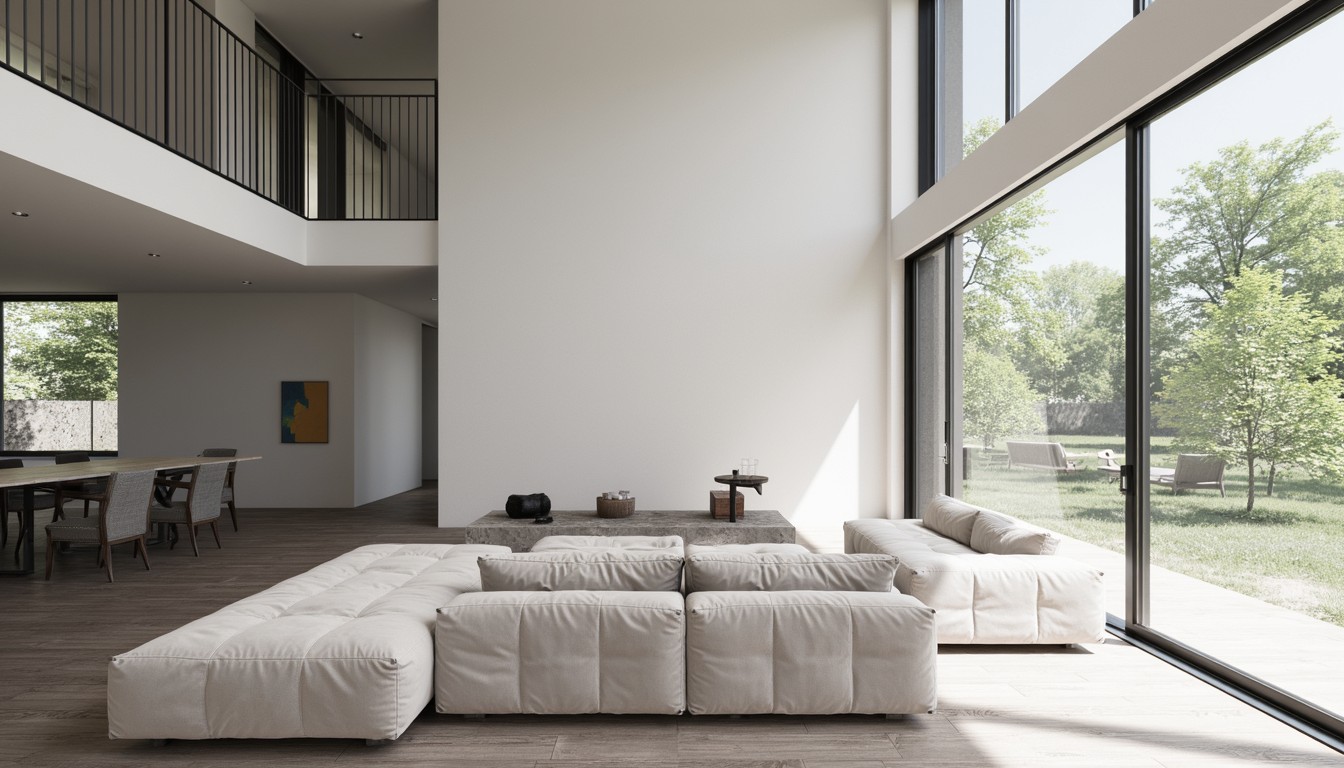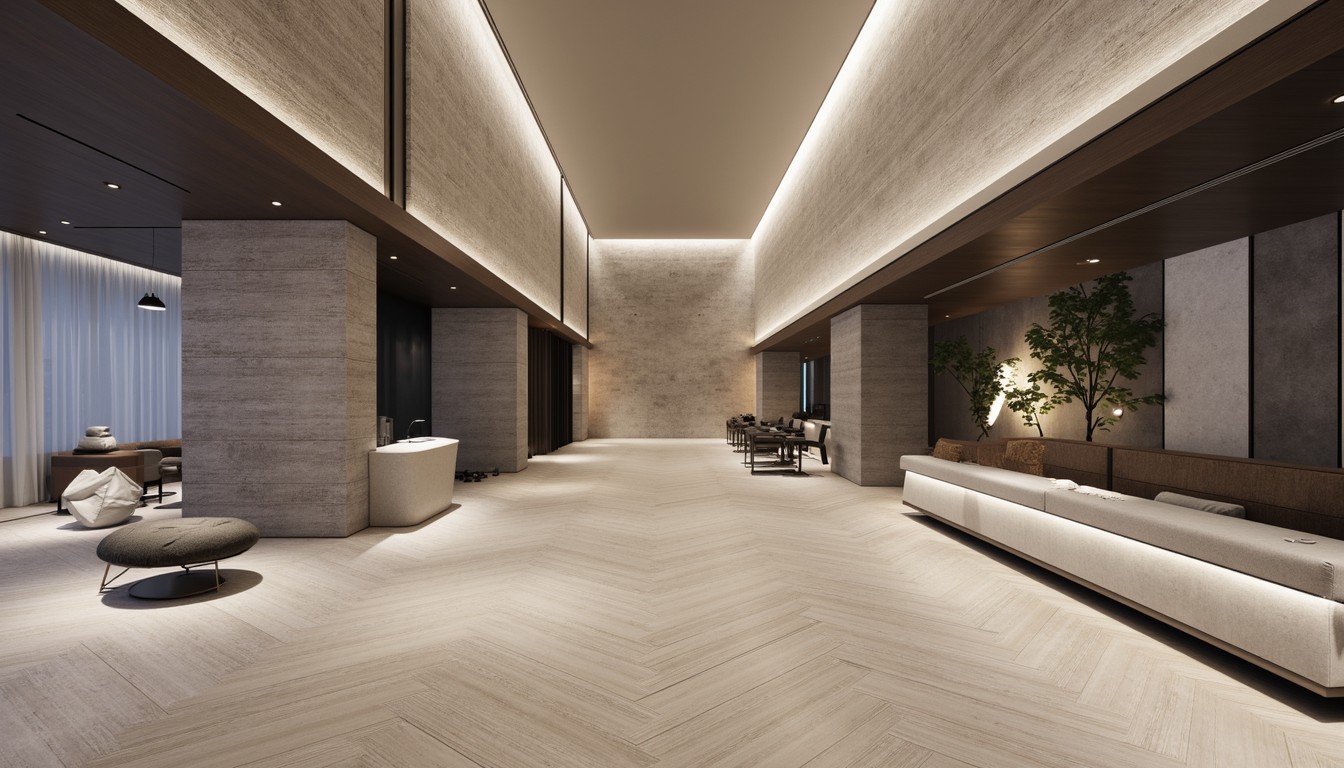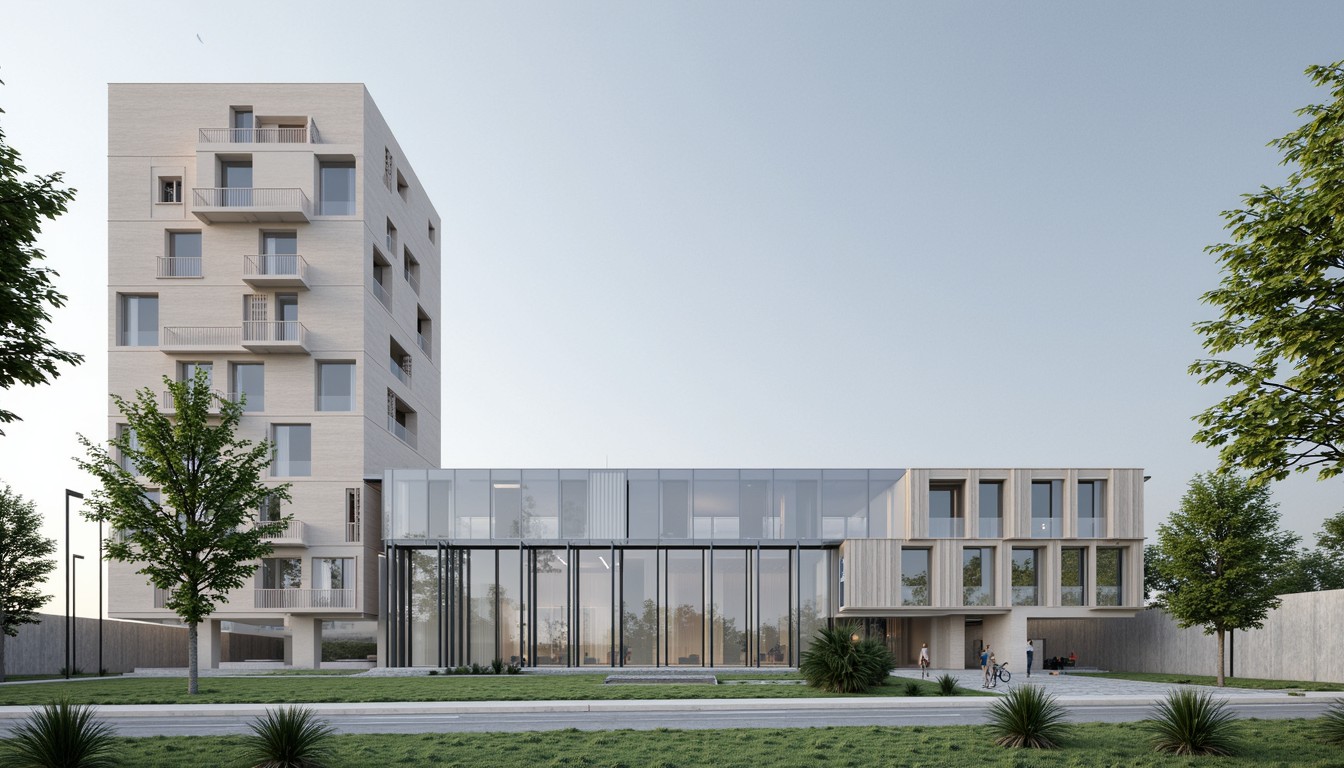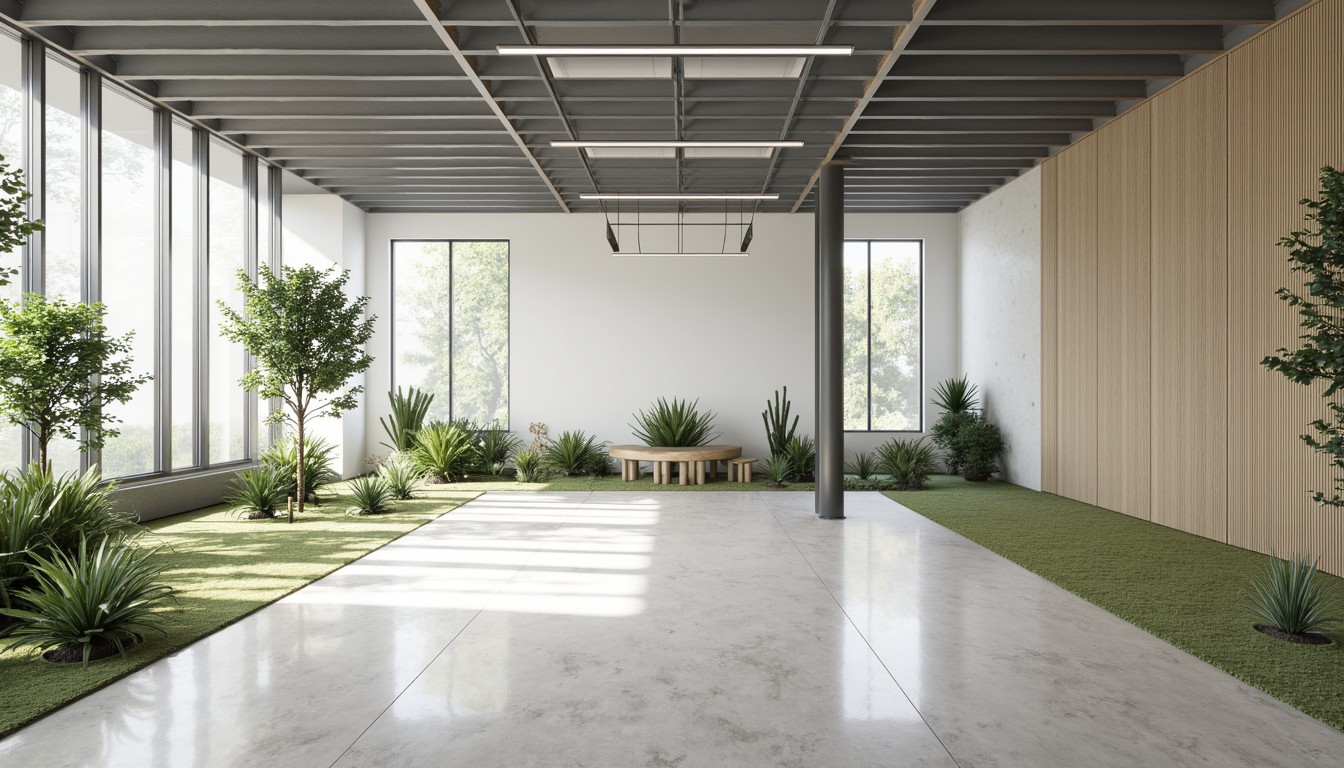Smart Building Technology: Revolutionizing Architecture
The architectural landscape is undergoing a dramatic transformation, driven by the rapid advancement of smart building technology. No longer are buildings simply static structures; they are becoming dynamic, interconnected ecosystems responding to the needs of their occupants and the environment. This integration of technology is not just a trend; it’s a fundamental shift in how we design, construct, and experience buildings, offering unprecedented opportunities for increased efficiency, sustainability, and enhanced occupant well-being.
The Core Components of Smart Building Technology

Smart building technology encompasses a wide range of interconnected systems working in harmony. Key components include:
- Building Management Systems (BMS): The central nervous system, monitoring and controlling various building functions like HVAC, lighting, security, and energy consumption. Advanced BMS leverage AI and machine learning for predictive maintenance and optimized energy management.
- Internet of Things (IoT) Sensors: A network of sensors embedded throughout the building collecting data on occupancy, temperature, humidity, light levels, and more. This data informs real-time adjustments and long-term optimization strategies.
- Smart Lighting Systems: Adaptive lighting solutions that adjust brightness and color temperature based on occupancy, time of day, and natural light availability, leading to significant energy savings and improved occupant comfort.
- Smart HVAC Systems: Intelligent climate control systems that learn occupant preferences and optimize energy consumption based on real-time data and predictive analytics. This can lead to significant reductions in energy bills and carbon footprint.
- Security Systems: Integrated security systems incorporating access control, video surveillance, and intrusion detection, all managed through a centralized platform for enhanced safety and security.
- Energy Management Systems (EMS): Systems designed to monitor and optimize energy consumption across the entire building, identifying areas for improvement and reducing operational costs.
Real-World Applications and Case Studies

The impact of smart building technology is already visible in various sectors:
1. Office Buildings:
Smart office buildings utilize IoT sensors to optimize workspace utilization, adjusting lighting and climate control based on occupancy. This improves energy efficiency and creates a more comfortable and productive work environment. Data analytics can also inform space planning decisions, leading to better utilization of resources.
2. Residential Buildings:
Smart homes are increasingly common, offering features like automated lighting, temperature control, security systems, and energy monitoring. These features improve convenience, security, and energy efficiency, leading to a more comfortable and sustainable living experience.
3. Healthcare Facilities:
Smart technology plays a crucial role in healthcare, enabling remote patient monitoring, automated medication dispensing, and improved infection control. Real-time data monitoring can also enhance operational efficiency and improve patient care.
4. Educational Institutions:
Smart classrooms and campuses offer enhanced security, energy management, and resource allocation. Data analytics can inform scheduling and resource optimization, improving the learning environment and operational efficiency.
The Architectural Implications of Smart Buildings
The integration of smart building technology significantly impacts architectural design. Architects must consider the following:
- Data Integration and Infrastructure: Designing buildings with robust infrastructure to support the extensive network of sensors and data transmission is crucial. This includes considerations for cabling, network security, and data storage.
- Cybersecurity: Protecting the building's network and data from cyber threats is paramount. Architects must collaborate with security experts to ensure robust cybersecurity measures are integrated into the design.
- User Experience (UX): The design must prioritize user-friendliness. Intuitive interfaces and seamless integration of smart features are essential for a positive occupant experience.
- Sustainability: Smart building technology plays a vital role in achieving sustainability goals. Architects must leverage data-driven insights to optimize energy consumption, water usage, and waste management.
- Flexibility and Adaptability: Buildings should be designed to accommodate future technological advancements. This requires flexible infrastructure and adaptable design solutions.
ArchNav's Role in Smart Building Visualization

At ArchNav, we understand the transformative potential of smart building technology. Our cutting-edge architectural visualization services help architects and developers showcase the innovative features and benefits of their smart building designs. We create immersive experiences that allow clients to visualize the functionality and aesthetics of these advanced systems, ensuring successful project delivery and client satisfaction. From detailed 3D models to interactive walkthroughs, we provide comprehensive visualization solutions that capture the essence of smart buildings, enabling informed decision-making and effective communication.
Conclusion
Smart building technology is reshaping the future of architecture, offering unprecedented opportunities for efficiency, sustainability, and enhanced occupant experience. By embracing these advancements, architects can create buildings that are not only aesthetically pleasing but also intelligent, responsive, and sustainable. ArchNav is committed to supporting this evolution, providing the highest quality architectural visualization services to help bring these innovative designs to life.
